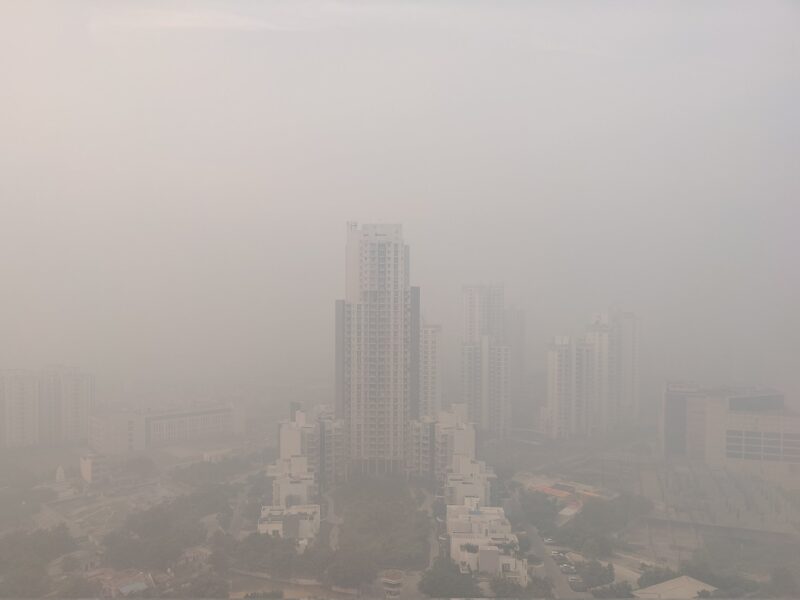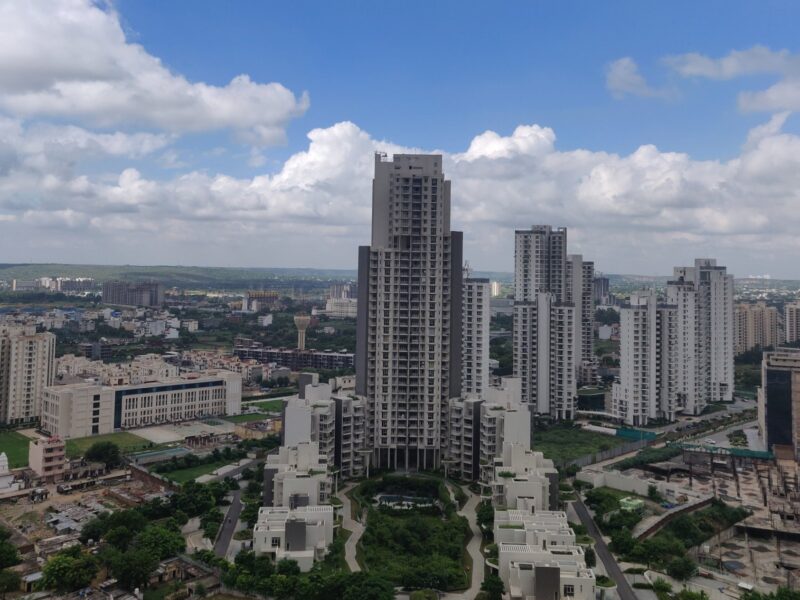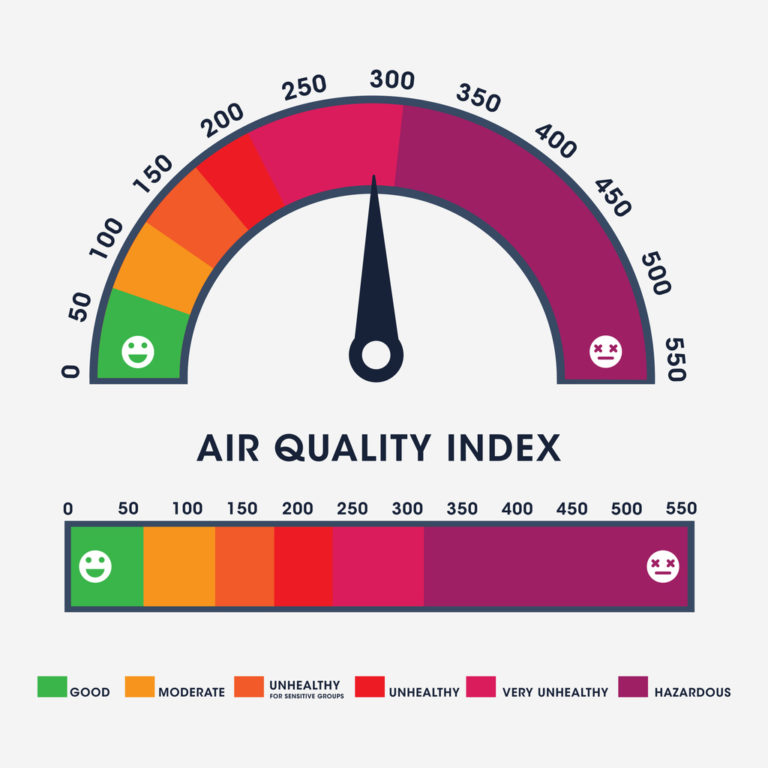When Sharan Anuraj, a student of Convergent Journalism in Delhi’s Jamia Millia Islamia, returned to Delhi on 6 November from her hometown of Jammu, she experienced a burning sensation in her eyes and irritation in throat. This was despite that day providing the best quality of air among all other days of the first week of November.
“The moment I entered Delhi, my eyes started to burn and there was irritation in my throat. My head hurt so much. Initially I thought it was because I was deprived of sleep but the moment I stepped out on the road, there was so much smog that almost nothing was visible,” explained Sharan.
She was compelled to return to Delhi as her exams were about to begin.
“It isn’t like that there’s no pollution in Jammu, but if we are comparing the two cities, it feels like there has been a clear change in atmosphere,” she added.
The AQI on November 6 was 341 (unhealthy category as per aqi.in) whereas November 3, the worst day of the week, had an AQI of 697 (see table).
| Day | AQI |
| Nov 1 | 522 |
| Nov 2 | 405 |
| Nov 3 | 697 |
| Nov 4 | 498 |
| Nov 5 | 385 |
| Nov 6 | 341 |
| Nov 7 | 381 |
“It is the new normal,” said 38-year-old Avinash, who works as senior engineer in a leading air purifier manufacturing company.
“I don’t think we used to have conversations regarding the AQI, air pollution or air purifiers to this extent in our college days a decade and a half ago. But now this has turned into a dinner table conversation. It is a fact that with each passing day, we are moving towards a terrible future,” he added.
“There has been a steep rise in the sales of air purifiers in India, and Delhi is one of the cities with the highest number of sales. The situation has reached an extent where the people want air purifiers in their homes as well. The sheer concern points out at worsening conditions,” concluded Avinash.


Delhi in comparison to the other cities
As per the data provided by aqi.in, India accounts for 43 of the 100 most polluted cities of the world. In fact, the top nine are from India itself.
In November’s first week, while Delhi experienced the highest AQI of 697, Mumbai had 248, Kolkata 295 and Chennai 131. Bangalore and Hyderabad registered the highest AQI of just 110 and 100 in the period.
Vandana, a student who was living in Delhi for the past few years and has recently shifted to Mumbai after getting admitted to the Indian Institute of Technology there, told Patriot that she misses Delhi’s winters.
“But with winter in Delhi comes a sore throat, foggy mind and teary eyes. I miss the days when winters in Delhi were less poisonous. I think Mumbai is still breathable and liveable — even when the winters may not seem so good. Delhi now looks like a good city to visit, but I’d want to live in a city which is less polluted,” she concluded.
| SI Number | Least Polluted | AQI | Most Polluted | AQI |
| 1 | Sopur | 10 | Karnal | 630 |
| 2 | Manali | 16 | Ambala | 582 |
| 3 | Baramulla | 18 | Ludhiana | 457 |
| 4 | Kulgam | 19 | Panipat | 428 |
| 5 | Handwara | 19 | Saharanpur | 426 |
A Mother’s Concern
The Delhi government shut the schools for three days beginning November 5, citing increased pollution and the hazardous AQI in the territory.
Arpita Kaul, a mother of a seven-year-old child, and who works as an assistant professor told Patriot that the shutting of schools due to the increased pollution in Delhi has turned into an yearly occurrence.
“The increased pollution in the city is really concerning, especially for parents. I remember when my son was two years old, and my mother-in-law was holding him in her arms, while I was returning from work, I felt irritation in my eyes. I thought that it was good for my son to remain inside. But now, after two years of complete lockdown, when children were supposed to return to developing immunity, they have to be locked inside their homes due to pollution,” she stated.
“The increased air pollution is a reality, and we can’t run from it. It is important to understand that we have ourselves to blame for it, and we have to face it. We can’t pass on the blame. It’s us who are responsible for this, and it is our collective responsibility to improve the situation. Or else, we have worse climatic situations ahead,” concluded Arpita.

An official response
A senior official at the DPCC (Delhi Pollution Control Committee) – a body of the Government of National Capital Territory of Delhi told Patriot, “We are trying our best to improve the AQI in Delhi. The amount of pollution in Delhi is more than other cities but we see that every year, after Diwali, pollution levels increase due to stubble burning in neighbouring states. This is the reason why people start talking about pollution during this period even though Delhi’s average AQI is between 250 to 350 through the year.”
“We are actively working on improving the air quality. The situation is going to improve in the upcoming future,” concluded the official.
However, an auto driver waiting for his passengers at the Kashmere Gate ISBT felt that these discussions last only for a few days. “This is a yearly affair and nothing is going to change, no matter whatever the officials say,” he felt while covering his nose with a piece of cloth, as he drove off with his passengers.
Follow us on:
Instagram: instagram.com/thepatriot_in/
Twitter: twitter.com/Patriot_Delhi
Facebook: facebook.com/Thepatriotnewsindia





